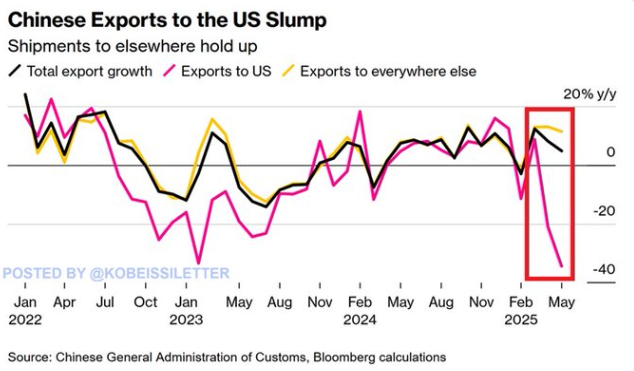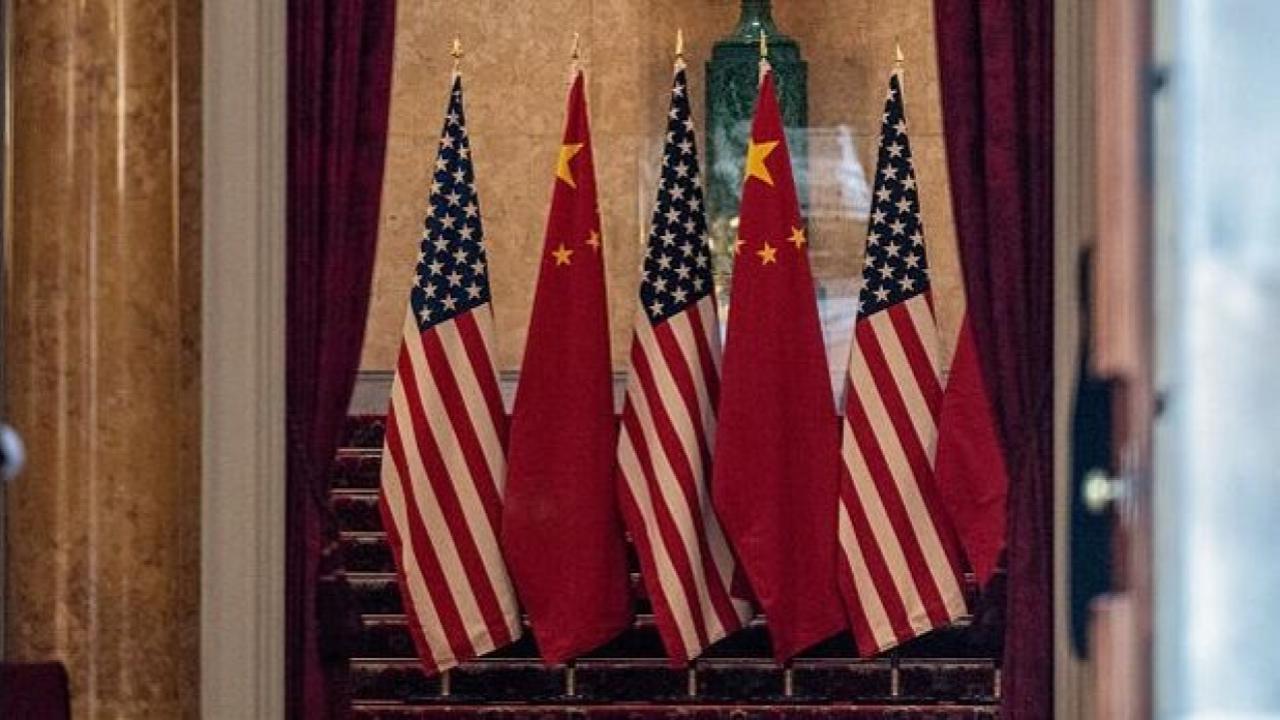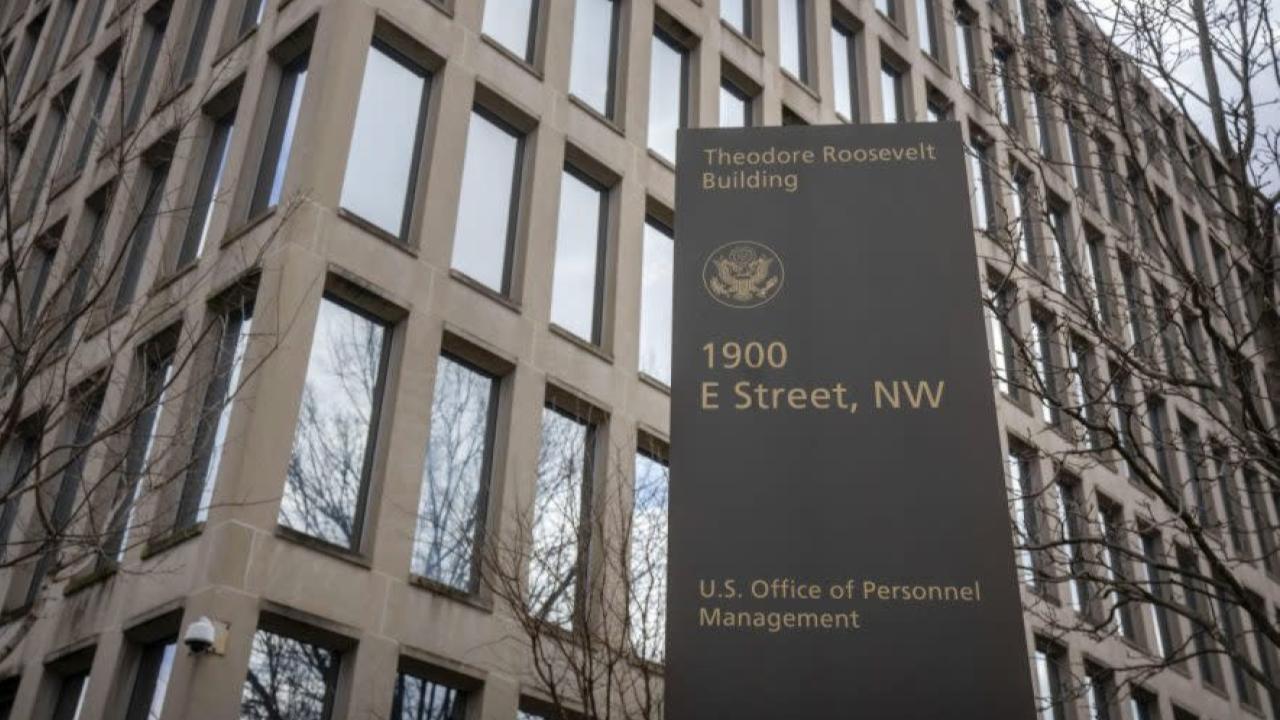U.S.-China trade just took its sharpest plunge since early 2020, dropping a staggering 35% year over year in May. That kind of nosedive isn’t just a stat—it’s a signal that the world’s two biggest economies are drifting further apart, with consequences for everything from your grocery bill to global GDP.

Why U.S. China Trade Just Took a Historic 35% Nosedive
| Takeaway | Stat |
|---|---|
| China’s exports to U.S. | ↓ 34.6% YoY (May) |
| U.S. consumer inflation from tariffs | +$2,300–$2,800 per family/year |
| Global GDP risk if trade war worsens | −7% potential impact |
What Triggered the Crash?
Three main factors fueled this historic drop:
1. Tariffs on Steroids
The U.S. slapped up to 145% tariffs on Chinese goods in April. China fired back with its own up to 125% retaliatory duties, plus limits on key exports like rare earth minerals. While a short-term truce in late May calmed markets slightly, the damage was already done.
“Even our regular suppliers were confused about pricing. No one wanted to commit,” said one Seattle-based importer I spoke with in late May.
2. Sinking Ships and Supply Chain Strain
By April, container bookings from China to the U.S. had collapsed by as much as 64%, according to port data. Many companies rerouted shipments through Southeast Asia or Europe to sidestep tariffs—a clever move, but one that disrupted timing and volume.
3. Strategic Decoupling in Motion
From chip makers to apparel brands, U.S. firms have been accelerating their “China Plus One” strategies. That means spreading out manufacturing to places like Vietnam or Mexico. The result? A slow but steady reduction in direct U.S.-China shipping.
Not a Global Meltdown (Yet)
Despite the U.S. plunge, China’s exports still grew overall by 4.8% in May. Shipments to Southeast Asia rose nearly 15%, and exports to the EU climbed 12%, propping up China’s numbers.
But this masks how fractured the U.S.-China channel has become—and just how much both sides are feeling the pain.

What This Means for Americans
From farmers to families, the ripple effects are real:
- Consumer Prices: New tariffs add an estimated $2,300 to $2,800 in annual costs per household.
- Retail Stocking Issues: Delayed or rerouted goods mean gaps on store shelves.
- Job Uncertainty: U.S. Q1 GDP shrank by 0.3%, with slowing hiring pointing to broader economic stress.
“Tariffs are a tax on consumers. Plain and simple,” says Wendy Cutler, a former U.S. trade negotiator now at the Asia Society.
Inside the London Talks
As trade numbers dropped, so did any pretense of patience. U.S. and Chinese officials met in London to hammer out a new tariff roadmap and find middle ground on rare earth exports. President Trump called the talks “constructive,” with both sides hinting at partial rollbacks—but no hard deals yet.
Future Scenarios: What Comes Next?
| Scenario | Outlook |
|---|---|
| Short-Term Truce | Tariffs eased modestly; rare earth flows resume; slow recovery starts. |
| Prolonged Trade War | Shipments dip further; GDP growth slows in both nations. |
| Full Decoupling | Long-term shift to Vietnam, Mexico, EU; tariffs become the new normal. |
Bottom Line
The May collapse in U.S.-China trade isn’t just another blip. It’s a clear sign that the world’s two biggest economies are no longer as interlinked as they once were. That decoupling is painful, especially for U.S. households, but it also reflects a strategic rebalancing decades in the making.
Whether the London talks produce a meaningful deal or just delay the inevitable, one thing’s for sure: we’re entering a new phase of global trade—and there’s no turning back.






